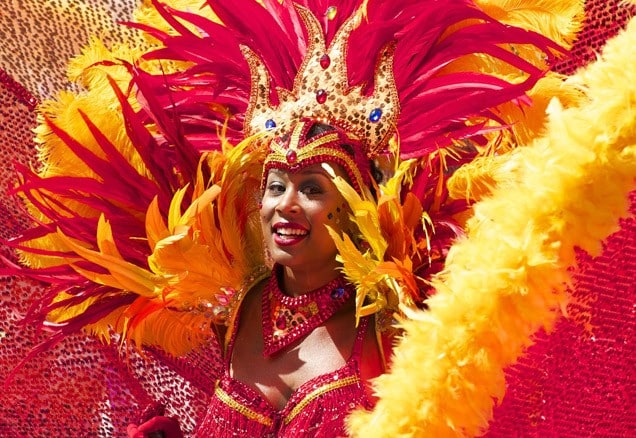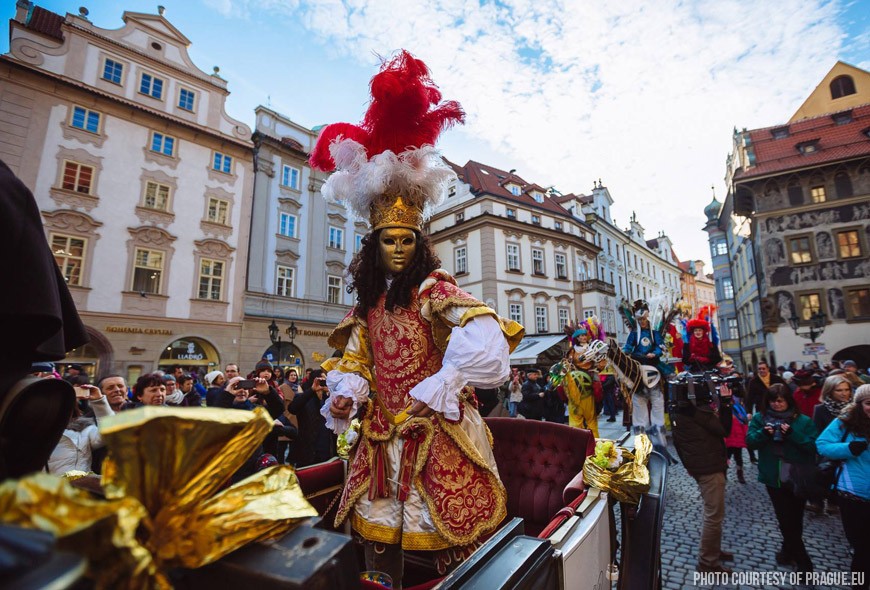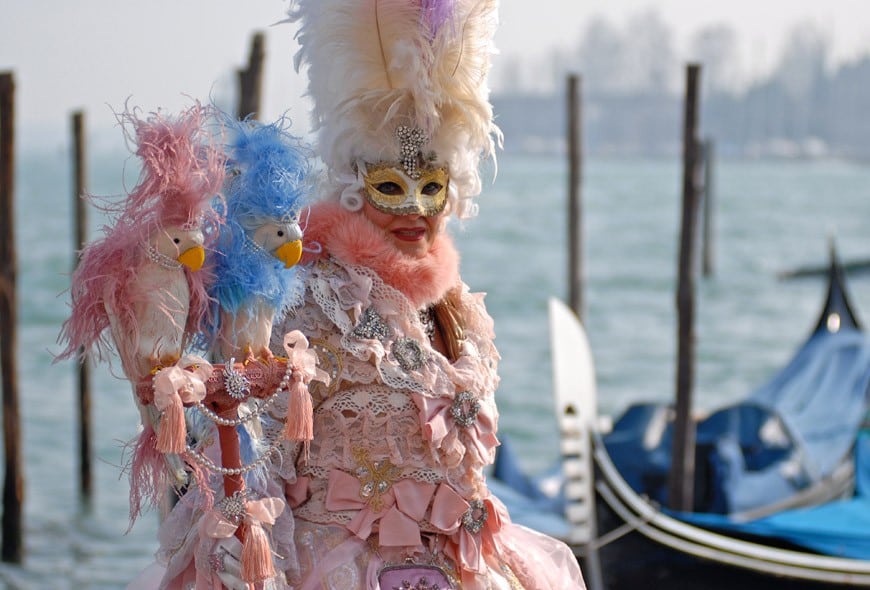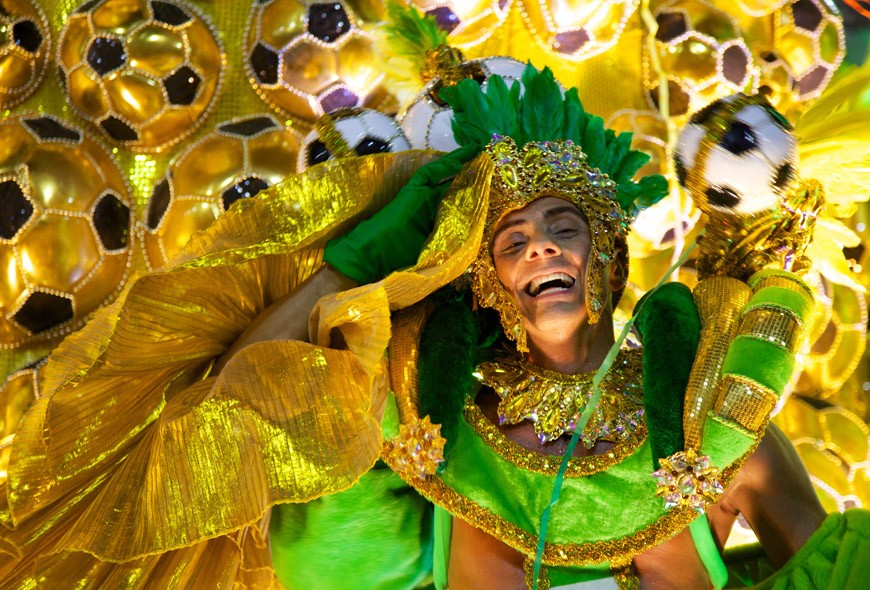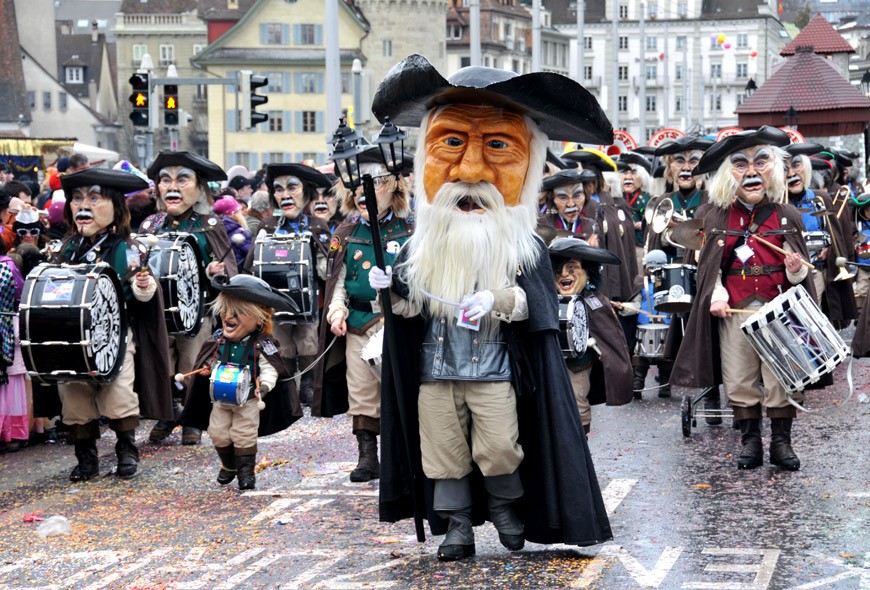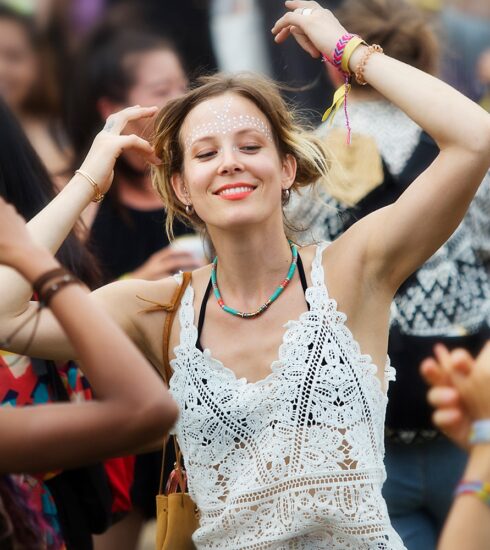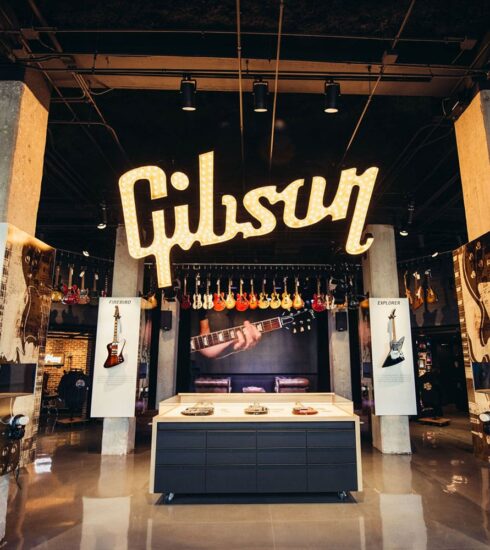Spring is Coming! Here’s How to Do Carnival Around the World
By Sharon McDonnell
Mix one part pagan celebrations to chase away winter and welcome spring, with one part Easter, preceded by the Christian tradition of giving up goodies for Lent: That’s the recipe for Carnival, an Old World custom that spread like wildfire to Europe’s New World colonies. Expect lots of cultural and culinary differences by country, but one constant — plenty of partying and a spirit of festivity.
First, a bit of Carnival trivia: Did you know carnival comes from the Latin for “farewell to meat”? In 2016, February 9 is Mardi Gras Day or Shrove Tuesday/Pancake Tuesday, though events start way ahead.
Czech Republic
Take your pick of 700-year-old Czech Carnival traditions: glittering in Prague, the Czech capital, or rustic folk traditions in the countryside of Bohemia. A highlight of Carnival in Prague, which starts January 29, is the Crystal Ball, a masquerade ball and gourmet feast requiring Baroque-style dress.
It’s held in Clam-Gallas Palace, an ornate 18th-century palace, the Saturday before Shrove Tuesday. Baroque concerts in this palace in the Old Town, decorated with frescoes and sculptures of figures from mythology, a masked parade in Old Town Square, classes in mask-making and talks on Carnival history are all part of the fun.
Great news: Masks and costumes are for rent. Be sure to stand on the Charles Bridge and decide which storybook view of the “city of a hundred spires” is more jaw-dropping. Meanwhile, in Bohemia’s Hlinecko region, villagers parade in rainbow-colored headdresses carrying streamers, feast on roast pork, and go from house to house wearing masks to sing for their supper, rewarded with pork sausages, black pudding, and brandy during Masopust, a cultural treasure on the UNESCO World Heritage list.
Italy
Venice resembles a stage set: Its Carnival, evoking its glory days as La Serenissima, a powerful maritime republic, is especially glamorous. Piazza San Marco (St. Mark’s Square) is where a crowd awaits the arrival of a dozen young women in silvery Renaissance-style dress during the Festival of Marias, recalling a tradition where the Doges donated jewels as wedding dowries to a dozen beautiful women of humble birth by watching masked parades, flag-wavers and fencing contests.
Before the flights of the angel and eagle of Carnival, by rope from the bell tower of St. Mark’s Cathedral to the square, traditionally costumed groups perform on stage, some doing 18th- and 19th-century dances like the minuet. Decorated boats glide on the Grand Canal past centuries-old palaces, and Venetian specialties like frittele and fritole (fritters, fried or baked, with or without cream filling; some variants have raisins, rum or brandy) and wine abound.
Two exclusive and pricy parties during Carnival, which starts January 23: The Enchanted Palace Grand Ball, in a 15th-century palace (usually closed to the public), features a theatrical show, gourmet dinner, wild costumes and a theme built around a 400-year-old count, held the Friday before Shrove Tuesday. At the King’s Banquet at the Arsenal, the official gala dinner and club of Carnival, a Venetian mask is given to each guest.
The King’s Banquet takes place nightly from Thursday until Shrove Tuesday, plus the previous weekend. Crowning the Maria of Carnival, and flying the lion flag, the city’s symbol, in St. Mark’s Square, mark the end of Carnival.
United States
For two solid weeks before Mardi Gras Day in New Orleans, Louisana dozens of floats featuring ornately costumed revelers from various krewes, or private clubs, parade through the city, throwing colorful beads, cups, plush toys and — if it’s Zulu — decorated faux coconuts to the crowd.
But Carnival season actually starts January 6, when revelers ride a St. Charles Avenue streetcar along with a jazz band, and medieval-costumed riders on horseback do a solemn torch-lit procession through the French Quarter to honor Joan of Arc, whose statue is in that district. Banners in the colors of Carnival— purple, green and gold — adorn the facades of many homes.
The official Carnival food is king cake, a sugar- and sprinkles-topped pastry in Carnival colors, with or without cream and fruit fillings, with a tiny plastic baby inside. Find the baby and the next cake or party is on you.
Brazil
In Rio de Janeiro, expect flashy, feathered, skimpy costumes; parades of floats featuring costumed samba teams; and formal or costumed balls in hotels. But in Salvador, in the strongly African-influenced state of Bahia, expect the biggest street Carnival in Brazil: a seven-mile parade route and a blend of Caribbean, pop and samba music.
Either way, Carnival in Brazil is an excuse to taste acaraje (deep-fried black-eyed pea patties, served with shrimp and fresh cilantro) in Bahia, feijoada (stew of pork, sausage, ribs and black beans, served with orange slices and rice) in Rio, and batida (a mix of cachaça, sugarcane juice liquor and fruit).
Trinidad
The Caribbean’s biggest Carnival? It’s on Trinidad, an island off the Venezuelan coast, in its capital city, Port of Spain. Ornate and sexy costumes, contests featuring dozens of steel-pan bands playing calypso and soca music, and tens of thousands of revelers abound.
The Carnival food is corn soup, a hearty stew of ears of corn, split peas, flour dumplings and pimento peppers (variants add pumpkin, chickpeas, carrots, coconut milk). Doubles — fried-bread sandwiches with a chickpea stew filling, topped with tamarind or green mango chutney and Scotch bonnet pepper sauce — are so popular, they’re eaten for breakfast, lunch or dinner.
Switzerland
Carnival in Basel, near the French and German borders, is pretty unusual. For one thing, Fasnacht takes place three days after Ash Wednesday in a Protestant city. It’s Switzerland’s biggest popular festival, starring more than 15,000 masked participants, and it’s satirical in nature.
A 4 a.m. procession of 200 giant illuminated canvas lanterns, whose cartoons and verses poke fun at the past year’s events, and parade guilds playing drums and fifes, start the festival, which is more than 600 years old. Meanwhile, parades with horse-drawn carriages and themed floats occur in the afternoon, and singers perform satirical songs in restaurants and bars.
This article originally appeared on Savoteur.com




